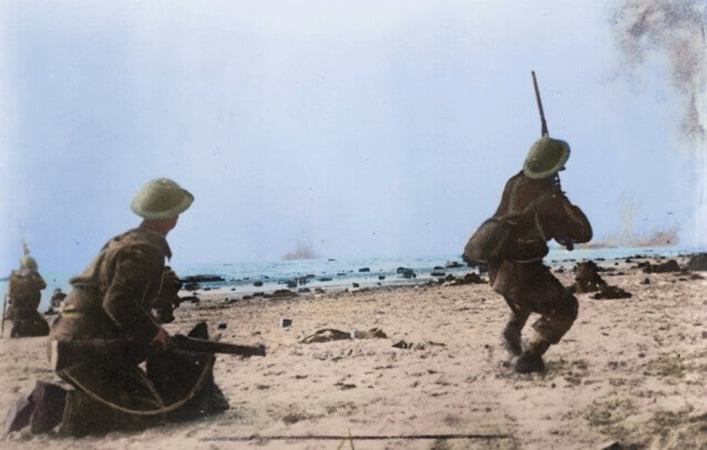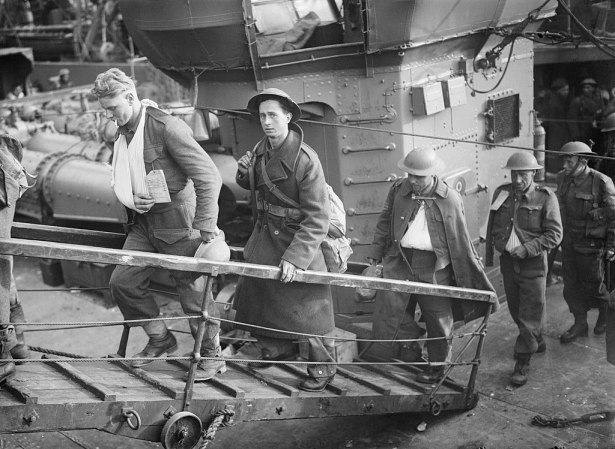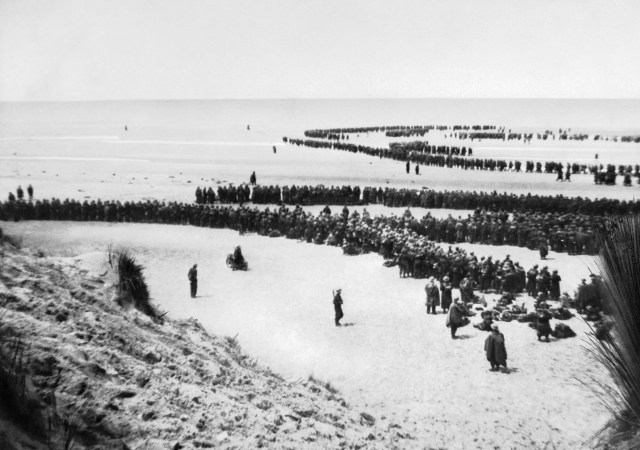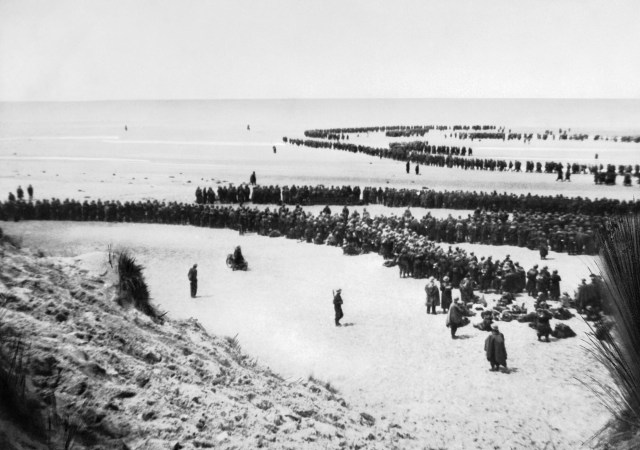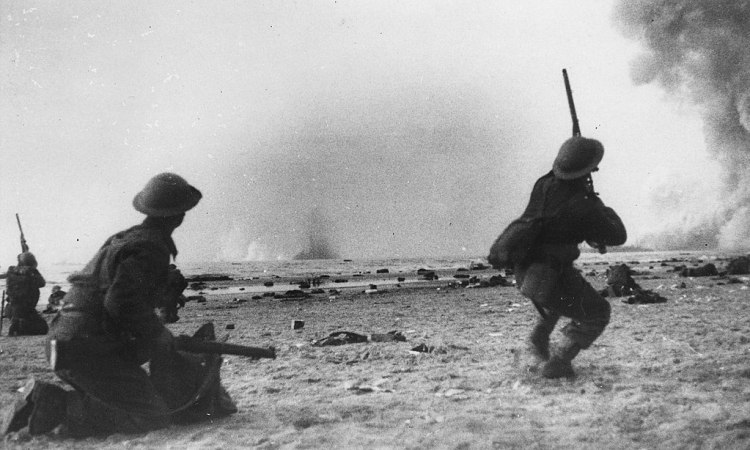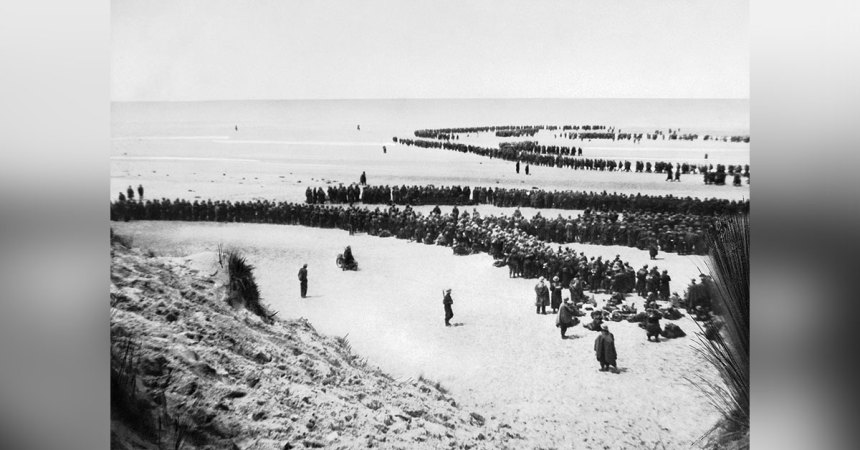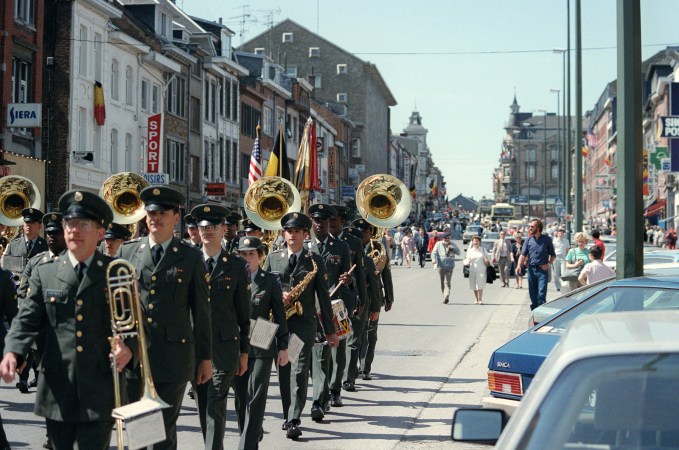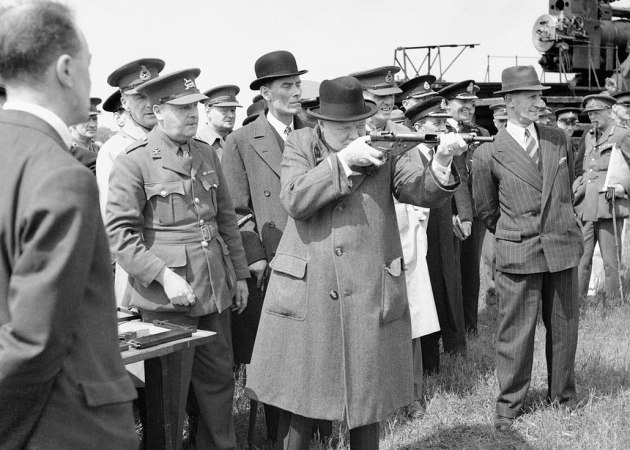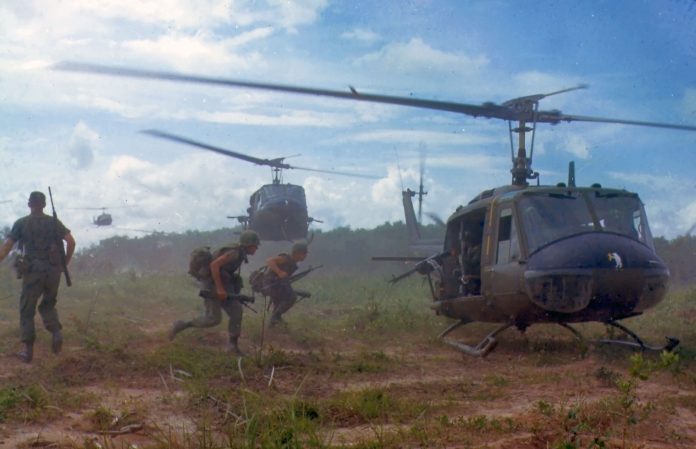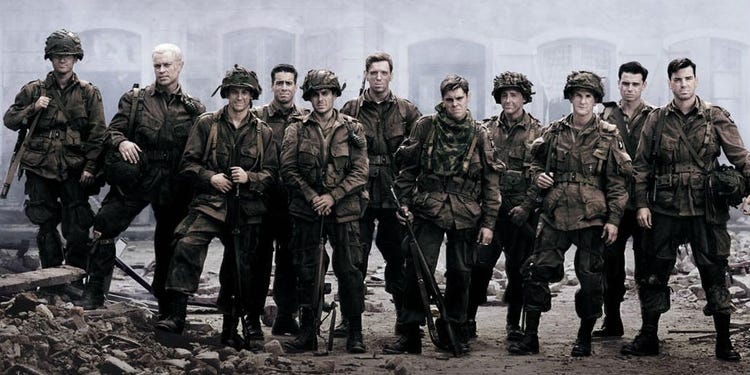The story of Dunkirk is often relayed as an evacuation that saved the British army from complete disaster. Christopher Nolan’s new movie portrays just that — the herculean effort and incredible fear of those on the beach, at sea, and in the air.
The original hope for the evacuation at Dunkirk was to get some 40,000 men off the beach and back to England to regroup for a possible German invasion. In the end, the British were able to evacuate over 300,000 soldiers from multiple countries.
That would not have been possible if brave men hadn’t held their positions to defend the perimeter, holding off the German onslaught to allow their brothers to escape.
These are the men that stayed behind and made the evacuation possible:
1. Capt. Marcus Ervine-Andrews

Ervine-Andrews was leading a company of the 1st Battalion, East Lancashire Regiment, defending 1,000 yards of line along the Canal de Bergues in front of Dunkirk. Positioned directly in front of the German onslaught of his comrades on the beaches, Ervine-Andrews endeavored to hold them off.
As the Germans crossed the canal, the defenses began to break so he moved to the front line and ordered troops into the gaps. He then climbed atop a straw-roofed barn and, under withering fire, began engaging the enemy. Ervine-Andrews “personally accounted for seventeen of the enemy with his rifle, and for many more with a Bren gun.”
Unfortunately, even Ervine-Andrews’ daring was not enough to hold back the Germans. With his company decimated, he ordered the wounded to the rear in the last available vehicle while he and his remaining eight men covered the retreat.
Related: This forgotten soldier survived 4-months in Dunkirk by himself
He then led his men safely back to friendly lines, often times swimming or wading through neck-deep water to get there, before once again taking up position on the lines with the rearguard.
Ervine-Andrews and the rest of the rearguard were evacuated the night of June 2, the last British troops to leave. He was awarded the Victoria Cross for his bravery.
2. 2nd Battalion, Royal Norfolk Regiment

As the evacuations began, the 2nd Battalion of the Royal Norfolk Regiment, along with the rest of the British 2nd Infantry Division, were ordered to hold the line along the La Bassée Canal. Their prospects for retreat, rescue, or evacuation were grim.
On May 27, the Royal Norfolks holding the line at the village of Le Paradis were attacked by the German 3rd SS Panzer Division Totenkopf (Death’s head). As the Germans closed in, the Brits gave them hell, even killing the commanding officer of the attacking regiment. However, at 1130 that morning, the Royal Norfolks received their last orders: “Do the best you can.”
Gallantly they fought on. After the farmhouse they were using as a headquarters and shelter was destroyed, they took up positions in a cowshed. At 1715 that evening, the remaining 99 men had run out of ammunition. They had no choice but to surrender.
Also read: This is the Dunkirk hero who deserted then changed his name to rejoin the army
Unfortunately, the British surrendered to the sadistic SS-Hauptsturmführer (Captain) Fritz Knöchlein and his company. The British were stripped of their weapons and marched to another barn where they were machine-gunned to death.
Two men managed to survive by playing dead and later testified against Knöchlein, who was hanged for his crimes.
The sacrifice of the Royal Norfolks held up the German advance for an entire day, allowing the evacuations to begin.
3. French 12th Motorized Infantry Division
While the initial prospects for the British soldiers were grim, the “miracle at Dunkirk” had allowed nearly all remaining personnel of the British Expeditionary Force to escape back to England. The same would not be true of their French counterparts.
While some French units were able to cross the channel, many took up the positions of the retreating British rearguard. After engaging in a fighting retreat to the Dunkirk perimeter, the men of the 12th Division, now numbering less than 8,000, made their way to the Fort des Dunes on the eastern end of the line on June 1.
For four days, the French endured bombings from the Luftwaffe and attacks against their defenses. Their commanding officer, Gen. Gaston Janssen, was killed on June 2.

They made their way to the evacuation beaches on June 4, the final day of the withdrawal; however, they were too late and had missed their opportunity.
The men of the 12th Motorized Infantry Division were taken prisoner on the beaches they had defended so that 338,000 of their comrades might live to fight another day.
There is an apt epitaph on the Kohima War Memorial in India where the 2nd Infantry Division made another valiant stand, which seems to apply to the forgotten defenders of Dunkirk as well:
When you go home, tell them of us and say,
For your tomorrow, we gave our today.






